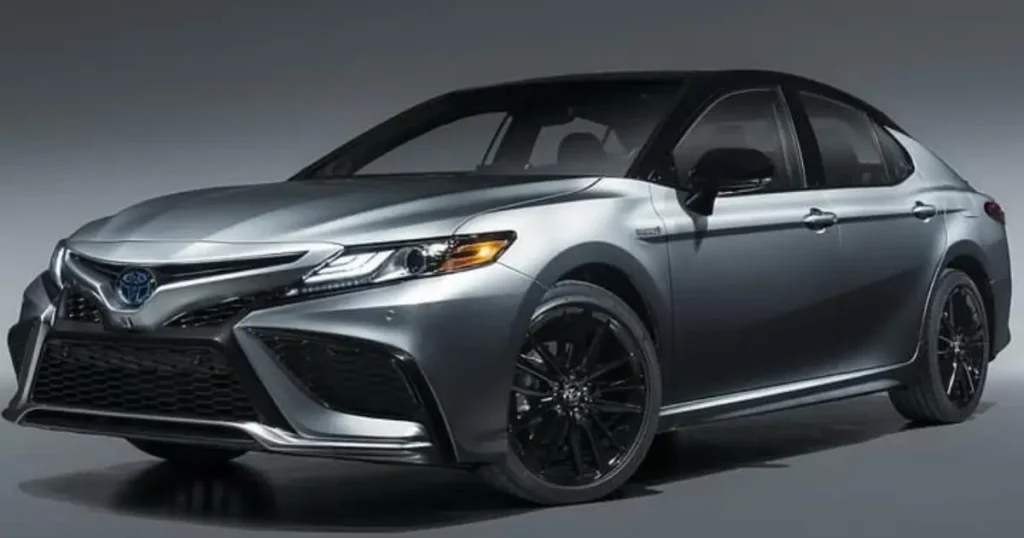
The Battery is to Blame:
The battery is to blame is one of the common car starting problems. No lights, the dashboard remains dark, and there is no clicking sound.
Check: Look for corrosion on the battery terminals, and ensure cables are tight. Try jump-starting. If the battery is old, consider replacement.
Starter Motor Woes:
A single click when you turn the key, but the engine doesn’t engage.
Repeated clicks might mean a weak connection. A faulty starter will usually require professional replacement.
Alternator Issues:
Cars may start but die soon after, lights dim, and electrical problems.
Check: A failing alternator won’t recharge the battery. You may need a mechanic to diagnose and replace it.
Fuel Troubles:
The engine may crank over but not catch, the smell of fuel.
Check: Ensure you have enough gas. Issues could be with your fuel pump, clogged fuel filter, or fuel injectors – a mechanic’s help might be needed.
Ignition Switch Failure:
The key doesn’t turn, no dashboard lights, or random electrical issues.
Check: This might require professional diagnosis and replacement of the switch.
Other Possibilities:
Faulty Key Fob:
(if your Camry has a keyless start) Try a spare, and ensure the battery is functional.
Blown Fuses:
Check your owner’s manual to locate relevant fuses related to starting.
Security System Malfunction:
Refer to your manual on how to reset it if engaged.
When the battery is the culprit, you may experience the following symptoms:

No lights: When you try to start your vehicle, there are no interior or exterior lights turning on.
Dashboard remains dark: The dashboard does not illuminate when you insert the key into the ignition.
No clicking sound: Typically, when you attempt to start the car with a depleted battery, you won’t hear the familiar clicking sound associated with the starter motor engaging.
Starter motor problems can manifest with the following symptoms:
A single click: When you turn the key in the ignition, you hear a single click but the engine fails to engage and start.
No cranking: Despite the single click, the engine does not turn over or crank.
Signs of alternator problems may include:
Cars may start but die soon after:
Your vehicle may start initially, but then stall shortly after as the battery drains.
Lights dim:
The headlights and interior lights may dim or flicker while driving.
Other electrical components may malfunction or operate erratically.
The alternator is responsible for charging the battery while the engine is running and providing power to the vehicle’s electrical systems.
If the alternator fails, the battery will not receive adequate charging, leading to electrical issues and eventual battery depletion. Replacing the alternator is necessary to rectify this issue.
Symptoms of fuel-related issues may include:
Engine cranks over but doesn’t catch: The engine turns over but fails to start.
Smell of fuel:
You may detect the odor of gasoline around the vehicle. Fuel-related issues could stem from various sources, including a clogged fuel filter, faulty fuel pump, or inadequate fuel pressure.
Insufficient fuel delivery prevents the engine from starting or maintaining proper combustion. Diagnosing and addressing the specific fuel system component causing the issue is crucial to resolving the problem.
Indications of ignition switch failure may include:
Key doesn’t turn: You encounter difficulty turning the key in the ignition cylinder.
No dashboard lights: When attempting to start the vehicle, the dashboard remains dark.
Random electrical issues: Other electrical systems may exhibit irregular behavior or fail to operate altogether.
The ignition switch is responsible for initiating the starting process and powering various electrical components in the vehicle. If the ignition switch fails, it can prevent the vehicle from starting or cause electrical malfunctions. Replacing the ignition switch is necessary to restore proper functionality.
